Leh, September 25, 2025 – Ladakh witnessed its bloodiest day in decades on Wednesday after peaceful statehood protests spiraled into violent clashes, leaving four people dead and more than 80 injured, including 40 police personnel.
The unrest broke out in Leh, the Union Territory’s capital, during a shutdown called by the Leh Apex Body (LAB) to press for statehood and constitutional safeguards. Protesters torched a BJP office, police vehicles, and private cars before security forces imposed a curfew by late afternoon. Restrictions were extended to Kargil district to contain further escalation.
What Triggered the Violence
The clashes were sparked after two senior hunger strikers – Tsering Angchuk (72) and Tashi Dolma (60) – were hospitalized on Tuesday following 15 days of fasting. Their health collapse triggered widespread anger among Ladakh’s youth, who poured onto the streets on Wednesday in large numbers.
Climate activist Sonam Wangchuk, who has been leading a 35-day hunger strike since September 10, ended his fast after the violence, admitting:
“My message of peaceful path failed. I request the youth of Ladakh to stop the violence forthwith as it only harms our cause.”
Casualties and Arrests
According to officials, four protesters aged 19, 20, 23, and 46 died in the clashes. Over 80 people were injured, of which nearly half were security personnel. More than 50 protesters were arrested on charges of arson, rioting, and destruction of public property.
Government and Political Reactions
The Ministry of Home Affairs accused “politically motivated individuals” of instigating the unrest, pointing specifically to Wangchuk’s remarks referencing youth uprisings in Nepal and the Arab Spring.
Lieutenant Governor Kavinder Gupta downplayed the scale of unrest, stating:
“The overall security situation remained normal. Necessary steps have been taken and those responsible have been arrested.”
Opposition leaders, however, criticized the crackdown. Mehbooba Mufti (PDP) called the government’s targeting of Wangchuk “frustration disguised as punishment,” while Ladakh Congress chief Nawang Rigzin Jora demanded a judicial inquiry into the deaths.
Human Rights Watch urged restraint, with South Asia director Meenakshi Ganguly stating:
“Instead of blaming activists, the authorities should impartially investigate and punish those responsible for violence.”
Wider Implications
- NGO Clampdown: The government revoked the FCRA license of Wangchuk’s NGO, SECMOL, citing funding irregularities. A CBI probe into alleged violations is ongoing.
- Unemployment Crisis: At the heart of the agitation is job insecurity – 26.5% of Ladakh’s graduates remain unemployed, nearly double the national average.
- Social Shift: This marks the first fatal protest in Ladakh since 2019, with many describing it as a “Gen-Z uprising” against unfulfilled promises of statehood.
Strategic and Geopolitical Stakes
Ladakh holds critical importance as it borders both China and Pakistan, serving as India’s frontier in the Himalayas. The 2020 Galwan Valley clash underscored the region’s strategic value.
Protesters are demanding inclusion under the Sixth Schedule of the Constitution, which grants tribal regions legislative and administrative autonomy. However, New Delhi fears devolving powers could hinder military logistics and border infrastructure crucial to national security.
The Road Ahead
The violence represents a turning point in Ladakh’s five-year-old movement for statehood. With its tribal population seeking safeguards and the government prioritizing border security, the region stands at the crossroads of youth aspirations and national imperatives.
As investigations continue and curfews remain, Leh remains tense – its streets scarred by fire, stone, and the grief of a protest gone tragically wrong.

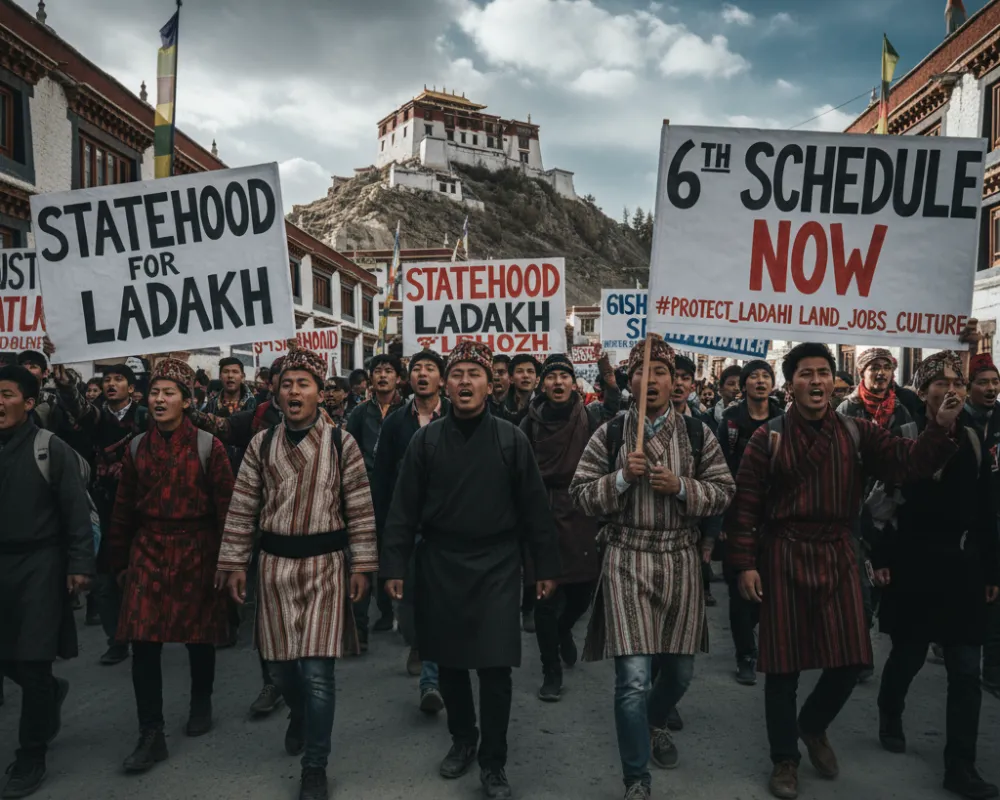
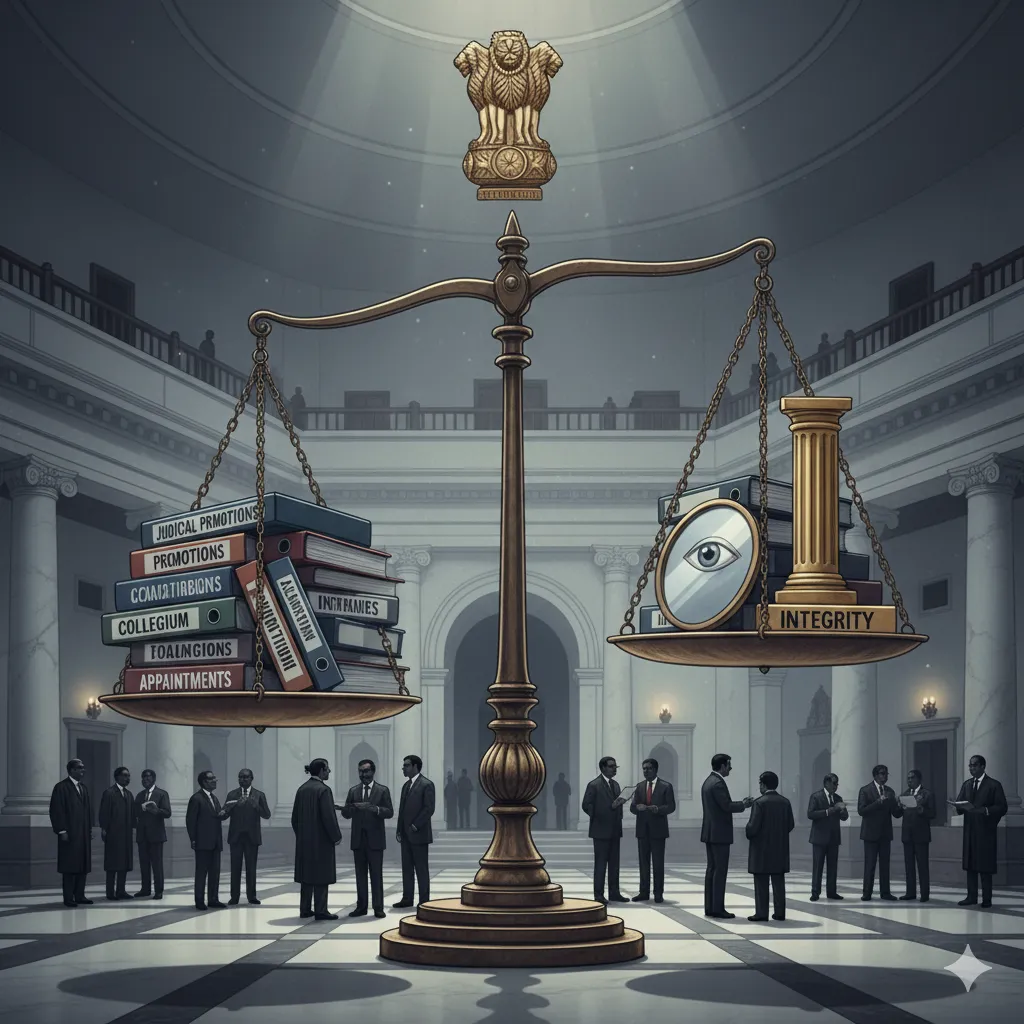
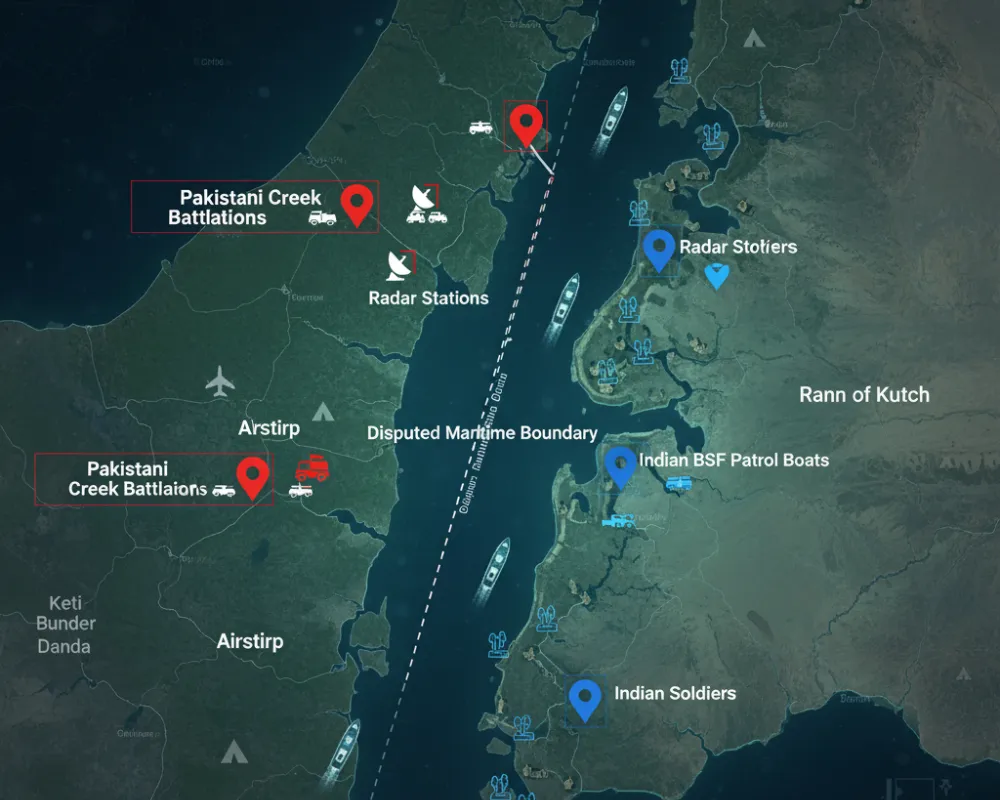
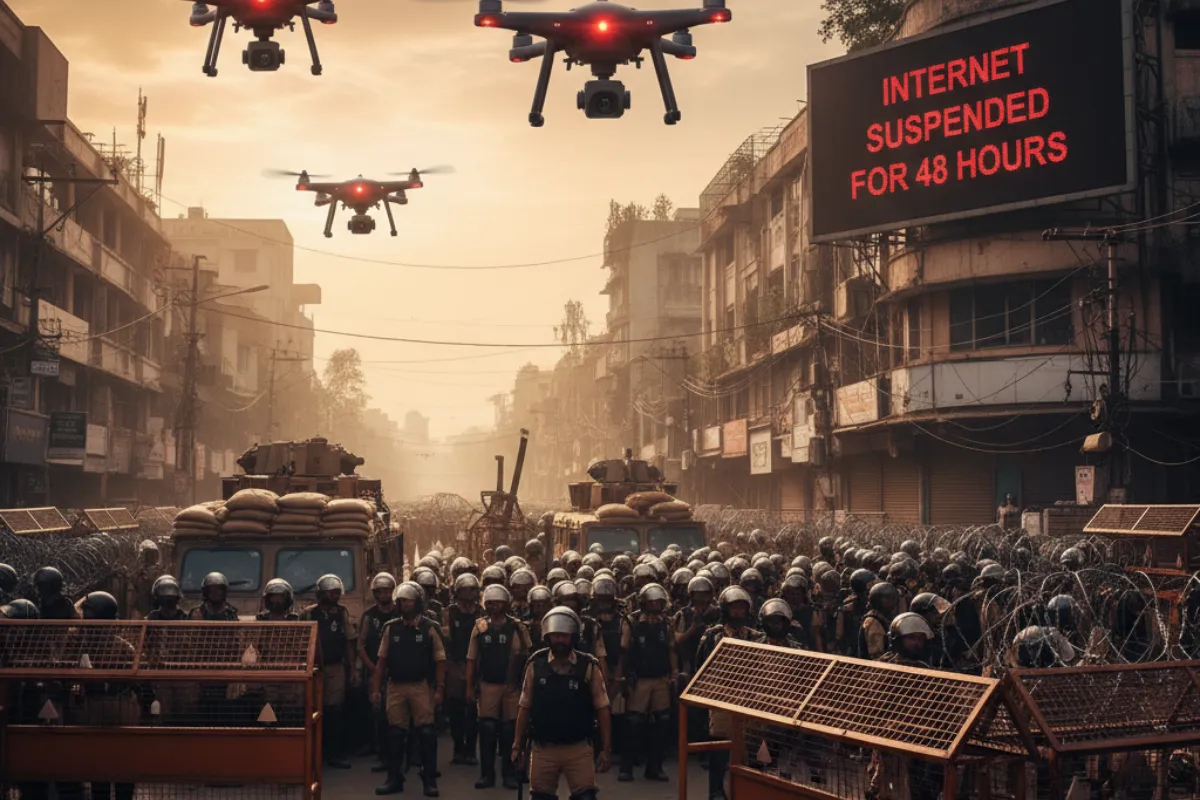

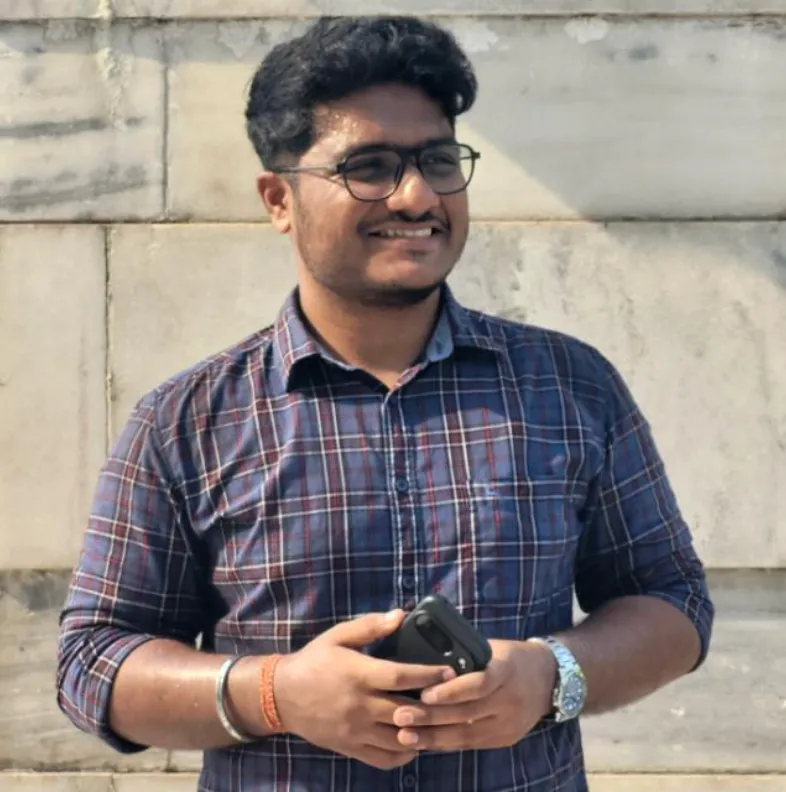
Leave a Reply